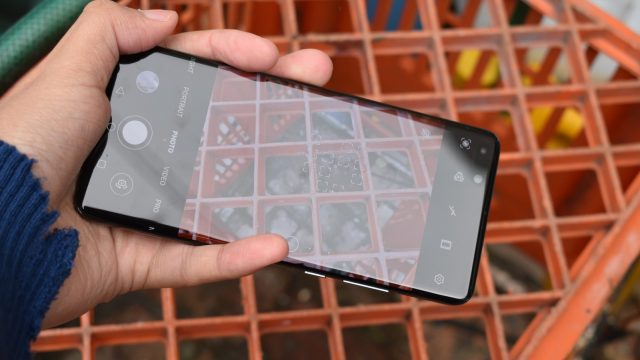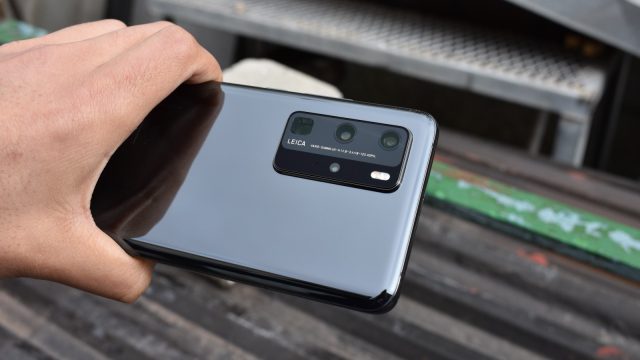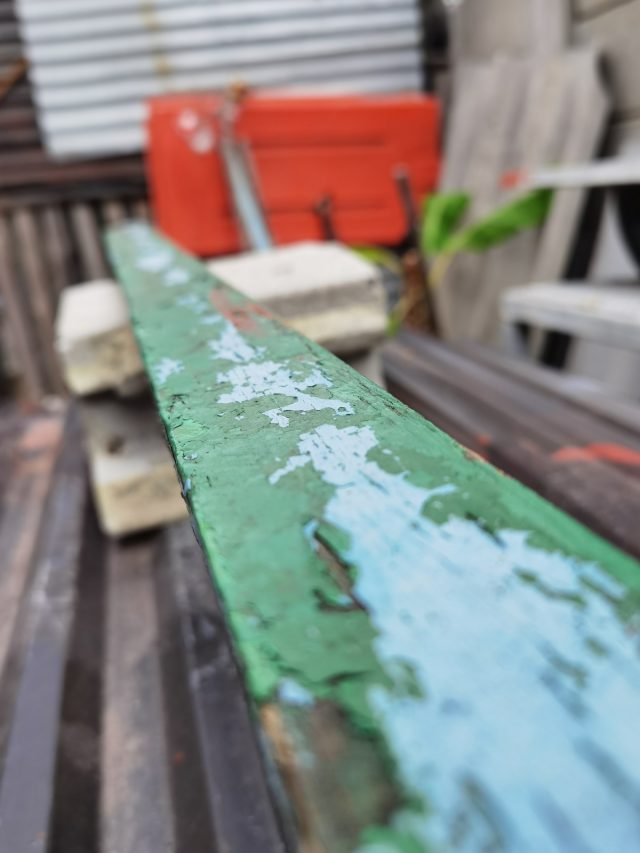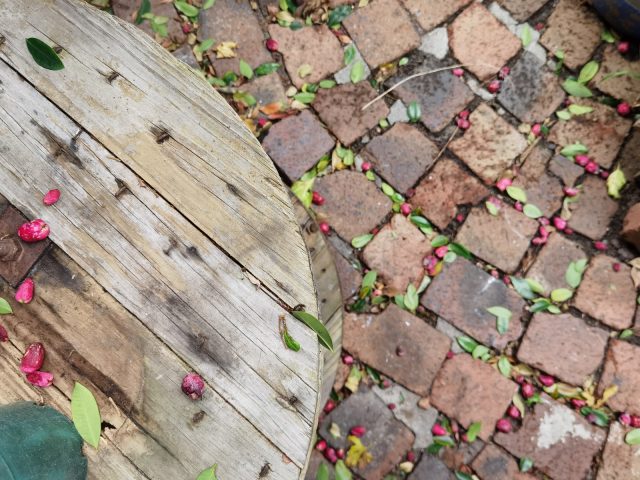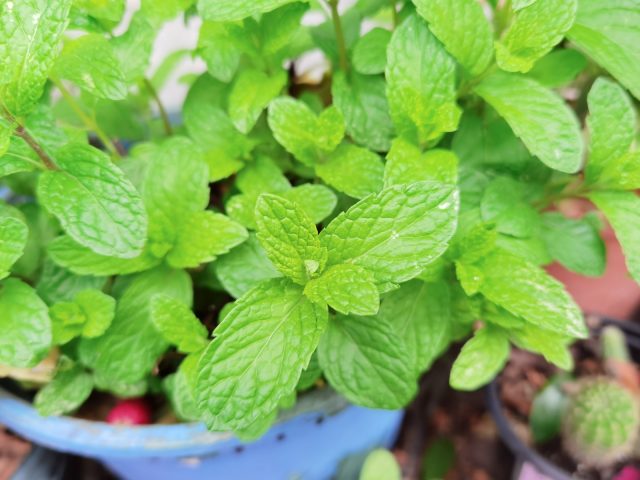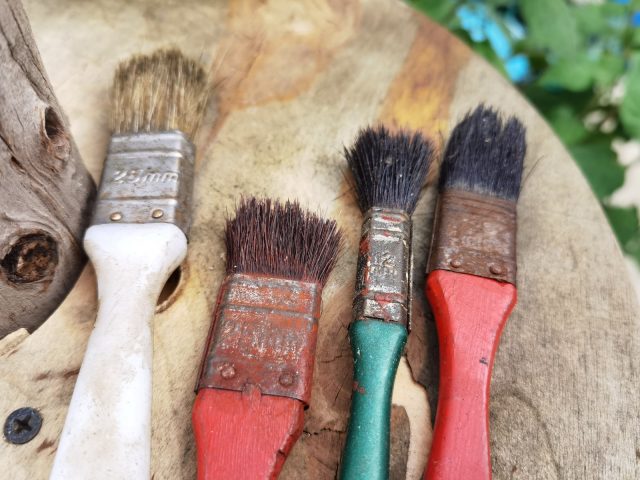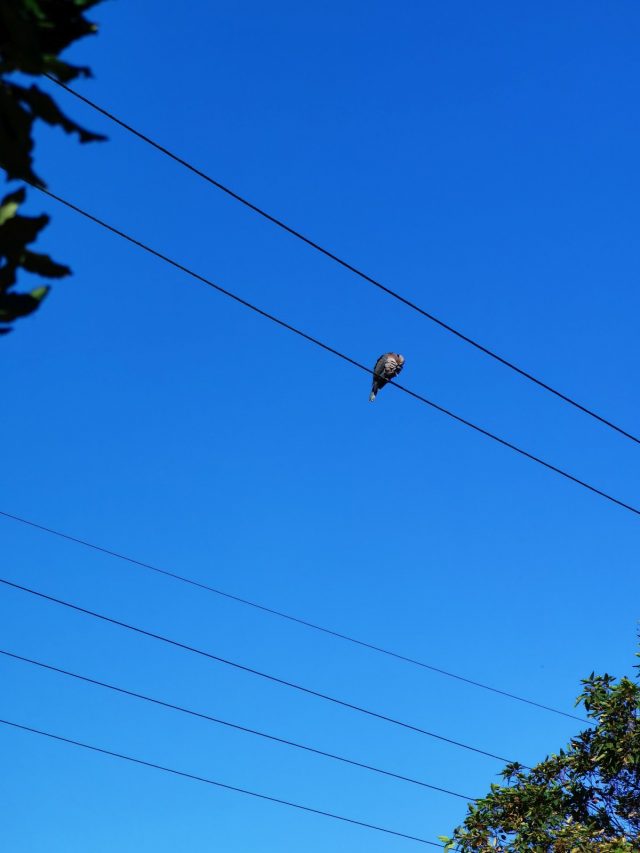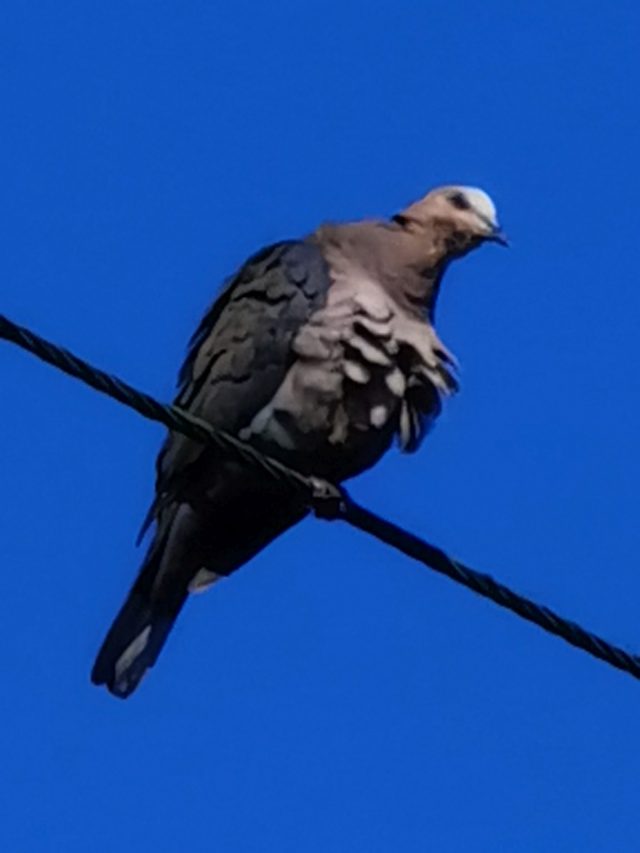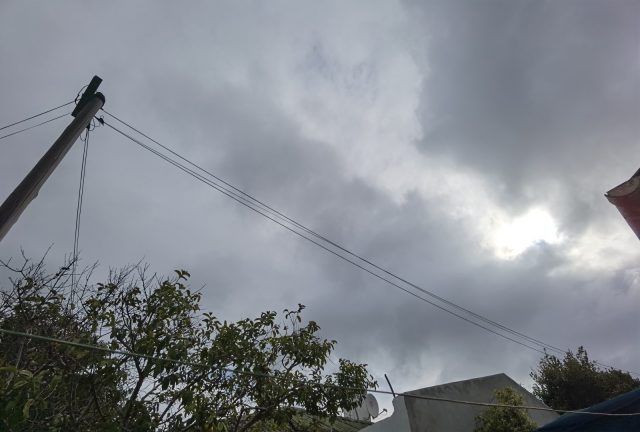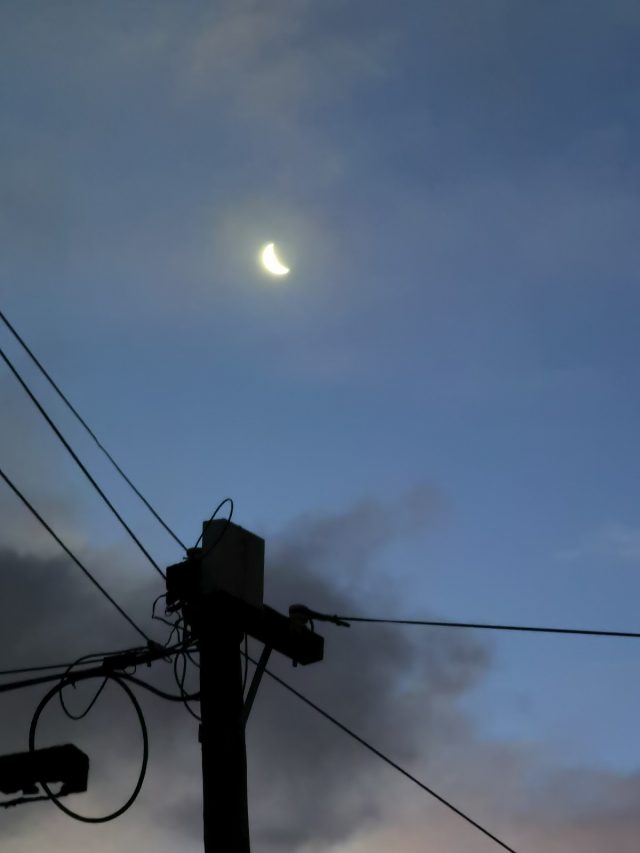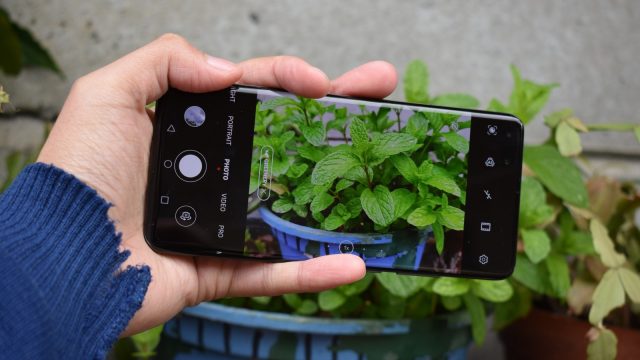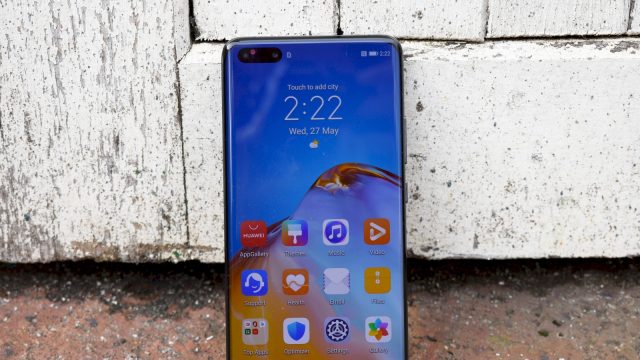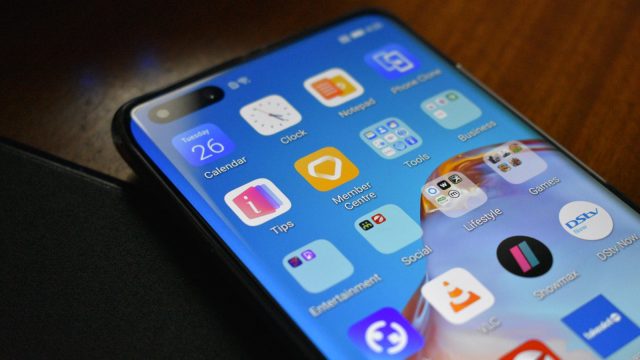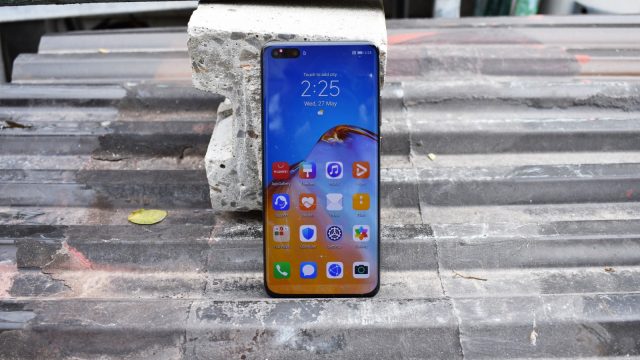Samsung heads into CES 2026 with momentum Samsung Electronics is closing out 2025 with a strong signal of where its future tech ambitions lie….
Huawei P40 Pro review: steadily built on compromise

We can’t get enough of excellent hardware. Tangible, measurable advances in technology are applauded by consumers and reviewers alike. But the smartphone is more than just a fancy puzzle of pricey parts. It’s an experience in which software is now playing a more important role, especially as hardware capabilities across flagships have largely plateaued.
Smartphone makers can shove the kitchen sink into a device that slots in your pocket, but if the user experience is marred by lacklustre software and services, the hardware almost doesn’t matter.
For the past month, I’ve been using the Huawei P40 Pro. I have a lot to say about this phone, and not everything is good despite the commendable hardware.
Aesthetics and design
Call it cautious, but Huawei’s taken the P30 Pro’s design philosophy and refined it. It shaved away bezels, tightened up curves, and added heft in all the right places. And yes, it is hefty. Phones from 2020 all seem to be melded from the same block of lead (aluminium actually, but, you know, jokes).
It’s about the same length but slightly narrower than the P30 Pro, but does add a few millimetres around its waist. Aesthetically, it’s an evolution of its predecessor rather than a revolution.
While their silhouettes might be similar, the P40 Pro’s major differentiating feature is up front. The waterdrop notch is gone and instead comes the sizeable oval camera cutout. It houses Huawei’s infrared and time-of-flight module for biometrics which work an absolute treat. But despite its utility, it’s difficult to ignore.
Around the back, the camera hump is much larger and wider than the P30 Pro — but for good reason. We’ll get into camera specs a little later.
Overall, if you like the aesthetics of the P30 Pro or even the P20 series, you’ll love the P40 Pro. The latter also adds a Silver Frost colour scheme, which is now being made available on the P30 Pro New Edition too.
Hardware and internals
Let’s talk hardware.
For starters, the 6.58-inch display is the best I’ve seen on a Huawei smartphone and that’s also thanks in part to its more energetic pixels.
Previous Huawei displays refreshed at 60Hz, but the P40 Pro has a 90Hz “high” refresh rate option. Interestingly, it’s also activated by default and runs at the highest resolution too. The panel supports HDR10, a standard that’s become commonplace across 2020’s flagships. Resolution has also been bumped up to 2640×1200 on the P40 Pro, along with a slight increase in pixel density of the P30 Pro.
Internally, it’s also stacked. The Kirin 990 chipset features eight cores — four ARM Cortex A76 cores and another four A55 cores. There are two banks of the A76 too, with one duo clocked at a dizzying 2.86GHz maximum clock speed. The chipset also features 5G support.
There are 128GB, 256GB and 512GB storage options. This can be bolstered by using Huawei’s NanoMemory (NM) SIM card-like storage card, but these are overpriced compared to more common SD cards.
We have to question Huawei’s obsession with using NM cards here. Not only do they take away a SIM card slot, they’re also incredibly difficult to find in South Africa and only offer up to 256GB of internal storage.
The P40 Pro does at least support two SIM cards and an eSIM if need be — making it one of the few phones in South Africa that does. So you could, in theory, use Vodacom on the eSIM, shove in a Rain SIM for data, and use the other SIM slot for an NM Card. This, of course, is just in theory.
Other notable features include support for WiFi 6 (802.11ax), Bluetooth 5.1, India’s NavIC navigation network, and a host of others such as GPS, GLONASS, and QZSS.
There’s no headphone jack, but there is a pair of USB-C earbuds in the box.
An underscreen fingerprint sensor features too, but it’s oddly high up the display. You’ll need to stretch that thumb a bit further up the device than the P30 Pro, which becomes problematic considering the P40 Pro’s heavier, thicker body. At least the face unlock system works effectively.
Cameras
Speaking of cameras, P series phones have always had some good snappers. It seems that nothing has changed with the P40 Pro.
Now headlining the rear camera array is a 50MP sensor with optical image stabilisation (OIS) and phase detection autofocus. It packs 10MP more than the P30 Pro’s sensor, but more importantly, the sensor itself is much larger.
During general usage, you won’t notice much of an improvement unless you hold 2020’s flagships side-by-side. Colour reproduction is accurate, without the camera oversaturating or over-warming snaps for the sake of social media. Interestingly, shooting on 50MP mode does make for noticeably worse images than the default 4:1 pixel binning shots which produce 12.5MP images. It demonstrates the advantage of using larger, heavily populated sensors.
Where this new sensor does fall on its face is macro snaps.
There’s no dedicated macro mode on the P40 Pro. If you want to get close to tiny subjects, you’ll have to stand at a distance and zoom in, but even this is a janky solution. You can capture shots from around 10cm away from a subject but no closer. You could snap and crop too, but it’s tough getting subjects (especially the likes of flowers blowing in the wind or moving insects) into focus.
It also has an incredibly tight focus area. For instance, in the below shot, the centre is beautifully detailed and razor-sharp. Near the edges, you’ll see considerable distortion. This means you’ll have to think more acutely about framing when snapping something as simple as paintbrushes.
Huawei’s major marketing addition is a 50x zoom option, up from the 30x found on the P30 Pro.
This zoom is surprisingly useful even if it doesn’t produce stellar shots. You can easily snap a chalkboard menu from across a restaurant, or spot an aircraft departure board from your seat. However, 10x zoom seems to be the sweet spot. Beyond this, photos in poorly lit environments produce frazzled pixels.
To be fair to Huawei, this is just the nature of hybrid smartphone zoom. But considering how quickly this technology has progressed from the zoom on the P20 Pro, it’s worth some admiration.
There’s also a buff behind the ultrawide lens. It now features a 40MP sensor, up from the 20MP on the P30 Pro, with a tighter aperture and much larger sensor. I’d argue it’s the heavy-hitting highlight in the P40 Pro’s camera arsenal.
A snap of a cloudy sky is a great example. Light clouds are delicately balanced by the shadows cast by leaves. There’s no overexposure or overly dark segments. Everything’s visible and there’s plenty of detail to extract from snaps, which should make it one of the more frequently used camera features on this device.
Another popular mode would likely be Night mode. It’s incredible just how much detail you can pull from a photo of the moon snapped after sunset. Yes, dynamic range isn’t always that great, but it’s wider than the likes of the Samsung S20 Ultra, I’ve found.
The forgotten macro mode is a sore miss, especially considering I enjoy macro photography. The zoom lens, while offering more detail at higher zoom ranges, also seems like a feature you’ll use a little less often if you’re more serious about your hobby.
As for the selfie camera, you’re getting a 32MP sensor with, again, a tighter aperture. But selfies remain smoothed beyond normal human complexion, even when beauty mode is switched off.
Video
These beauty mode issues extend to video as well. This is especially apparent in low-light video-calling scenarios. The front camera can record up to 4K at 60 fps, and at that resolution (thankfully) beautification effects aren’t available.
Granted, using Huawei’s video calling app MeeTime, the camera quality is phenomenal. But when recording a video using the built-in camera app faces are just far too smooth trading natural detail for, well, smudges.
At the rear, Huawei’s also added a 4K at 60 fps mode, with more interesting slow-motion options. These are incredibly fun to play with but do require good light to be really useful.
There’s no 8K recording just yet, but that does seem like something Huawei could add via a software update.
Battery life
While camera hardware sees an upgrade, the battery capacity doesn’t. The P40 Pro features a 4200mAh power cell despite the bump in screen refresh rate with additional pixels and 5G support. It’s disappointing, but battery life doesn’t seem to suffer too much.
I was unable to test battery drain with 5G, but not too many of us in South Africa would be able to anyway. Nevertheless, even with setting up the device, snapping pictures outside with the backlight on its maximum setting, installing apps via the AppGallery and Aurora Store; the battery barely flinched. I got around 80 minutes of screen-on time with only 15% battery drain.
Charging
As for refilling that battery, there’s 40W fast charging via that USB 3.1 port — the same delivery speed you’ll find on other recent flagship Huawei smartphones.
The P40 Pro’s wireless charging speed is a swift 27W. That’s a higher delivery than most iPhones and Samsung smartphones’ wired charging speeds, and a notable buff over the 10W wireless charging on the P30 Pro.
27W reverse charging is also supported, but this feature has been tucked away in EMUI’s battery settings. A quick tile would’ve been an excellent way to access this feature on the fly.
Using Accubattery as a rough gauge and a Galaxy Note 9 as a test subject, the P40 Pro pushed through around 0.25A to the Samsung. In comparison, reverse charging the same Note 9 using the P30 Pro wasn’t enough to offset the device’s power draw. When charging the P30 Pro via the P40 Pro, we saw around 1A with the former’s radios switched off.
EMUI and software
The Huawei P40 Pro runs on EMUI 10.1, which is based on Android 10’s AOSP build.
Aesthetically, not much has changed from EMUI 9 or EMUI 10. It still has an excellent dark mode. It also includes those nifty selections of lock screen and home screen wallpapers that some love and others (yours truly) loathe.
The newer builds also include some novel additions.
Celia
Users now gain access to Huawei Celia, the company’s voice assistant, which is completely pointless.
Celia activates randomly and falls on its face when asked questions like “What is today’s news?”. Celia can tell you the weather forecast, trigger built-in app functions like the torch, initiate a voice recording, or place a call — but that’s it.
Voice assistants are most useful when you’re unable to handle your phone. But without mapping or media commands — like those found on Siri or Google Assistant — Celia’s rather useless.
MeeTime
EMUI 10.1 also sees the introduction of MeeTime, Huawei’s entry into the quarantine communication battle. Unlike Celia, it’s actually pretty useful.
Calls of up to 1080p are available, and even over a 4Mbps internet connection it works well. Integration with the Huawei Phone app is also excellent, and will start a MeeTime call over data instead of a traditional call using airtime if your recipient also has MeeTime installed. This makes it much easier to use than WhatsApp if you’re used to actually calling people on your phone.
According to Huawei, calls are also encrypted. But MeeTime is only available for a select few running on EMUI 10.1 right now. It’s an app limited to Huawei devices too, so it’s unclear just how useful it’ll be in the near-future should your friends have devices from other companies.
App recommendations and bloatware
Some might find this useful, but EMUI also recommends apps to install within folders. These are generated by the phone and sorted into type, like “Entertainment” and “Social”.
It seems a useful way to onboard new users and is meant to function like a launchpad, but this could also be considered bloat even if these apps aren’t actually installed. They appear to be installed, and tapping on these shortcuts does take users to the install link on the AppGallery. It reminds me a lot of how Windows 10 loads the start menu with games you’ll never play and apps you’ll probably never use.
Huawei’s also included a number of its own apps. Thankfully, a majority can be uninstalled by long-pressing them from the home screen. But Support, Music, Browser, and Video won’t budge. The included apps are at least useful. Notepad is a simple, offline replacement for Keep, while Phone Clone will become essential if you want to jump from the P40 Pro to another device in the future.
What isn’t welcome in the presence of chat app ToTok. It has been flagged as a “spying tool” by news reports and removed from the Play Store by Google as a result, but here it is as a preinstalled app on the P40 Pro. Why?
Microsoft-owned SwiftKey is the P40 Pro’s default keyboard, but Gboard does work if you’re willing to jump through a few hoops (which we’ll talk about below).
Beyond that, the EMUI 10.1 first boot is surprisingly clean.
HMS and the App Gallery
Now let’s talk about the biggest issue with the newer Huawei phones.
This phone, and likely every forthcoming Huawei phone, does run an operating system that’s based on Android but isn’t supported by Google. This means that Google Play Services — the infrastructure that fuels many of the services you’re probably used to using on Android phones — isn’t available.
In theory, it’s not as dire as it sounds. You can still install Android apps to your P40 Pro and Huawei will continue to issue patches and updates to these devices. But, if you want apps that are only available on the Play Store, you’ll need to either wait for Huawei to add them to the AppGallery, or learn how to get them elsewhere.
While the AppGallery has a slew of commonly used apps for South Africans, it lacks common apps like WhatsApp, Instagram, and Twitter. Searching for these in AppGallery does point users to external links to download the apps, but it’s not as simple as hitting “install”.
Jumping through hoops
Of course, for those of you who work around these issues, use alternative app stores like Aurora or Amazon or repositories like APK Mirror, or don’t mind using web apps; you probably won’t find these issues too troublesome. But if you’re used to a certain workflow on your smartphone, it will be a disruption.
Losing Google Play Services
So what does losing Google Play Services mean for users? If your service, app or platform requires its presence on a device, it won’t work on the P40 Pro.
Below is a list of some popular apps, and the success we had running them on the P40 Pro.
- Gmail: It will install, but not run. The alternatives include signing in through Huawei’s email app, use the Gmail web app, or installing something like Outlook which is on the AppGallery.
- YouTube: Same story. The web app does work, but you’ll be saying goodbye to offline downloads and channel alerts. Newpipe is a worthwhile open-source alternative for downloads, but it doesn’t support Google accounts.
- YouTube Music or Google Play Music: Neither will run. Again, web apps are a possibility, but both Spotify and Deezer work and are available on the AppGallery. Apple Music does work too but you’ll need to find the APK which isn’t available on the AppGallery.
- Android Auto: It does not work on the P40 Pro.
- Gboard: It isn’t available on the AppGallery but does work on the P40 Pro, and is probably a better keyboard than SwiftKey anyway.
- Google Chrome: it works, really well! You won’t be able to get it from the AppGallery though.
- Google Maps: Google Maps Go, and other Go apps effectively function as web pages, but you’ll need to install Chrome for them to work. Google Maps proper does not run on the P40 Pro.
- Google Keep: nope, it requires Play Services.
- Google Photos: nope.
- Trusted Contacts: nope.
- Google News: It works perfectly if you’re not planning to log in.
- Google Home: It won’t run, and you won’t be able to control your smart speaker via the app on your home network.
- Google Wallpapers: works like a charm, but you will need to manually change your lock screen wallpaper in settings (that’s another EMUI limitation).
Non-Google Apps that rely on Play Services will also stop working entirely. These include Pushbullet, Join, and the radio streaming app Radiogram.
Google Drive backup services used by WhatsApp and Podcast Addict won’t work either. It’s not yet clear if Huawei has an alternative cloud backup system planned for apps like these in the future.
Huawei has announced that it would offer users of the P40 and P40 Pro 50GB of Huawei Cloud storage, and 15GB to P40 Lite users, but it hasn’t clarified if this storage service can be used by apps that would normally use Google’s background backup services.
You won’t be able to access any content you’ve purchased via the Play Store either, including apps, books, movies or music. I couldn’t access Nova Prime, for instance, ebook reader Lithium, the pro version of SD Maid, Meteogram Pro or KWGT Pro, all apps that I use regularly. You won’t have access to your subscriptions either.
For those who customise their device using alternative launchers like Nova, you’ll find your options limited on the AppGallery. Although Microsoft Launcher is on its way, it wasn’t available to install at the time of writing.
Phone Clone
Using Phone Clone, you’ll be able to effectively copy your original device’s data to the Huawei P40 Pro. This will include installed premium apps (that don’t need to check your Google account for purchase verification) and the likes of WhatsApp chats.
This process is only useful during the setup of the P40 Pro as a replacement for Google’s restore feature when jumping between phones.
You’ll need to ensure that the apps you want on your new phone is installed on your older phone, but with this, you can “install” Instagram, Facebook, and other apps not currently on the AppGallery.
Again, it’s excellent that Huawei provides this service that also works across non-Huawei phones and even iOS devices too, but it’s not a solution to most of the problems mentioned above.
Focus on local apps
Huawei’s focus on local apps for local solutions is admirable though. Apps like EskomSePush, Takealot, Showmax, and Droppa are all available from the AppGallery and easy to install.
However South Africans’ internet needs transcend solutions created by local developers. Chances are your friends are on WhatsApp, your business uses Slack, or your family communicates via Facebook Messenger. None of these can be installed via the AppGallery.
Surprising advantages
Of course, if you’re jumping onto the Huawei train from Apple or don’t rely on Google’s products, this is great news. Want to de-Google? There’s probably no better Android phone available. And there are other ecosystems to enjoy too. Microsoft’s app suite is a clear alternative to many of Google’s products and these apps are listed on the AppGallery.
AppGallery gives Huawei a chance to remedy the issues plaguing Google’s Play Store such as the swathe of copycat and malicious apps — and the Play Store’s lack of screening. HMS is off to a good start, as it scans every APK you download before it installs, and tends to warn users before installing any file. This is more visually apparent than Play Protect too, as is an integral part of the app installation process.
It also has actual download speed figures, with a management section that also allows the installation of APKs. You’ll need a file manager to access APKs on GMS devices.
Although the decision is ultimately down to politics, Huawei now has to develop a competitor to Google’s services and ecosystem in order to survive. It may not challenge Google’s monopoly but additional choices in the market, regardless of the company behind them, is always a positive.
The alternatives
So yes. Positives and negatives. There’s no such thing as a perfect smartphone as every device has compromises. Unfortunately for the P40 Pro, the lack of an integral part of the Android experience is a big compromise.
You could also argue that Huawei’s a little late to launch with the P40 series too. Although it was announced in March, the phone’s only set to arrive in South Africa this month, and that delay could probably be attributed to the global pandemic.
During this period, Samsung has unveiled its S20 series and LG its unique V60, while the likes of the iPhone 11 series, Huawei P30, and Galaxy Note 10 line are still very much in play and remain valid in 2020.
At R20 999, the LG V60 ThinQ 5G arguably poses the biggest value-for-money threat. It comes with two screens (one forms part of a clip-on case) and supports 5G in the country. It also packs a larger battery and the Snapdragon 865 chipset which is better for gaming than the Kirin 990.
The S20 Plus also starts at R18 499 but packs 128GB as a base with LTE support only and a 4500mAh battery. It does however feature excellent OS support with regular Android updates and, well, Google services too.
If you can settle for an older chipset, fewer rear camera options, and the lack of 5G, the G8X ThinQ can be had for a little over R10 000 in South Africa, nearly half the price of the P40 Pro. That’s true with many 2019 flagships too.
And then there’s the iPhone 11 series which you’d have to argue would be the preferred non-Google alternative here, despite iOS also supporting the bulk of Google apps.
Value for money
All these issues would be forgivable if the Huawei P40 Pro was affordable. But it’s not. The pricing is ridiculous.
While the hardware is stellar and offers users a genuine upgrade over the P30 Pro, it lacks the polished software experience of its older brother, other Android phones, and iOS.
Huawei die-hard fans may pick up the phone without question, and some would even welcome the lack of Google entirely. But those who rely heavily on Mountain View’s services need to look elsewhere.
Some apps are replaceable, but this will require a change of workflow, services, and apps. In some cases, like WhatsApp’s chat backups, you may have to do without some features you didn’t even know you needed. The services that underpin much of Google’s Android experience won’t be available when you purchase the phone and possibly never in the future.
You absolutely need to understand this before sinking more than R20 000 into this smartphone.
Final thoughts and conclusion
It all comes down to this question: what do you need in a phone?
If you’re an established Google user who relies on the company’s background services, apps, and products, the lack of Play Services is going to be a huge hindrance.
If you can live without Google or even want to break free of the company’s grip, you can use the P40 Pro and enjoy its advantages. It has great battery life, it’s incredibly swift with camera options for practically all scenarios, and even supports 5G if you live in Gauteng or Cape Town.
Ultimately, a smartphone isn’t just hardware.
In 2020, it’s no longer just a list of specifications that differentiates one product from another. While I find it difficult to fault the P40 Pro’s hardware, its software is an entirely different story.
Perhaps this review says more about the state of Android; the operating system’s reliance on Google rather than Huawei’s inability to create a compelling experience without it. Despite the promise of new hardware, I’d still rather use an older device if it provides me with a more reliable, familiar user experience.
The P40 Pro is definitely not the only smartphone with compromises in 2020, but its compromises are more apparent than any other.
All images: Andy Walker/Memeburn


